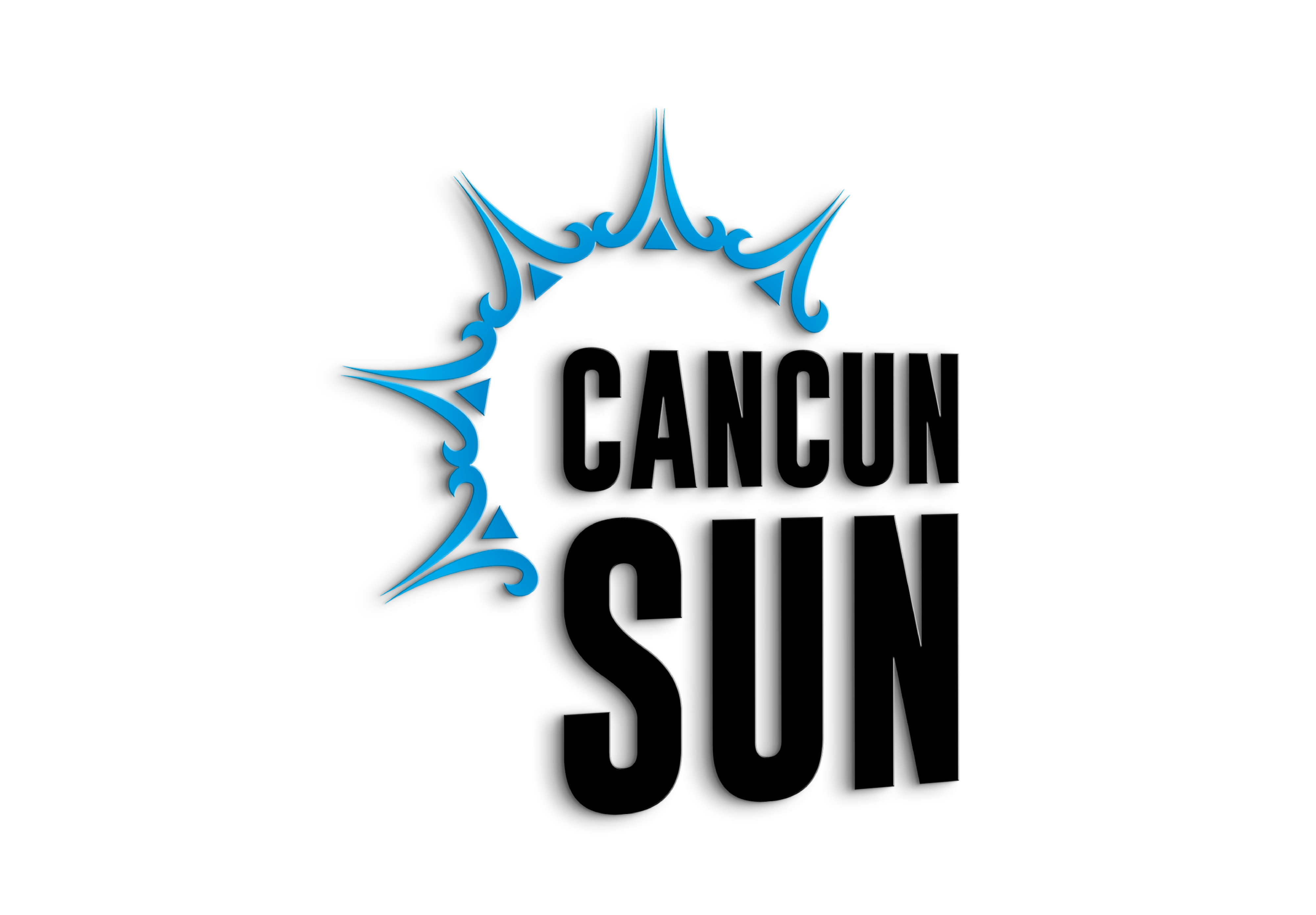Last Updated
Already Mexico’s most visited cultural tourism site, Chichén Itzá, continues to develop new ways to improve visitors’ experience.
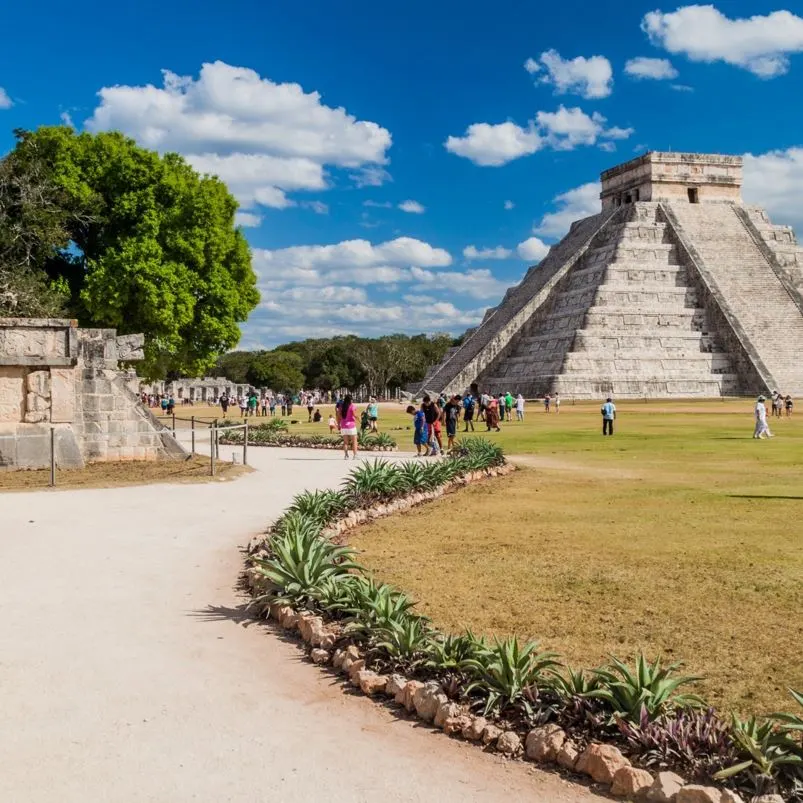
The Chichén Itzá Archaeological Zone is constructing a new museum to showcase ancient artifacts to tourists who wish to understand Mayan culture and history better.
The new museum, called “Chichén Viejo,” will display more than 800 historical artifacts never seen by the public.
Although they have not announced when the museum will open, tourists can expect to visit soon. Construction of the museum is already 75% complete.
Even now, the National Institute of Anthropology and History (INAH) and the Mexican Secretariat of Culture conduct anthropological excavations at Chichén Itzá.
According to INAH, they have discovered over 4,000 artifacts, some of which they hope to display at the museum.
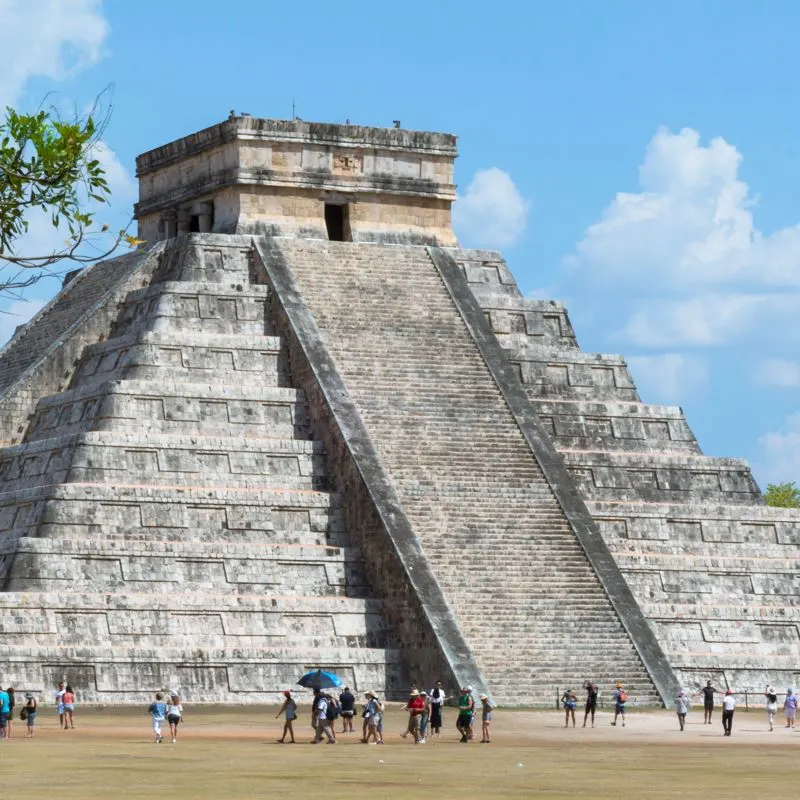
The Ball Player’s Disc
Historians are particularly excited about one artifact discovered recently by INAH.
The “Ball Player’s Disc” was recently discovered by the archaeologist Lizbeth Beatriz Mendicuti Pérez in Chichén Itzá’s “Red House.”
The disc has a diameter of 1 foot and weighs almost 90 pounds. Etched into it are hieroglyphs that surround two figures that archaeologists believe to be playing the Mayan ball game.
The hieroglyphs on the disc make this find important to archaeologists.
Top 5 Travel Insurance Plans For 2023 Starting At $10 Per Week
Easily Earn Points For Free Travel
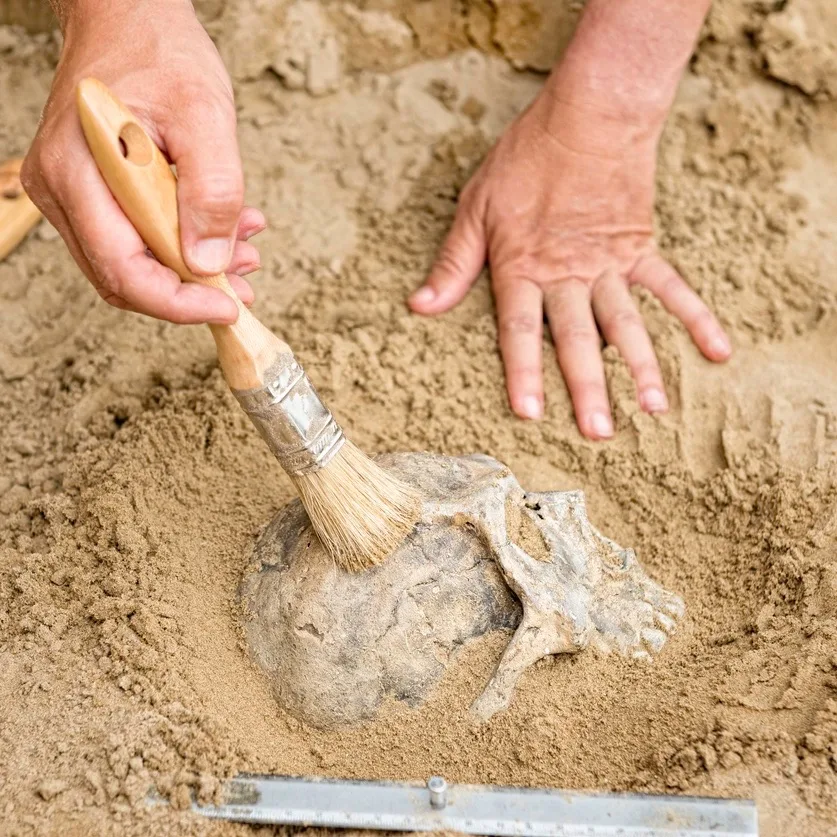
“At this Mayan site, it is rare to find hieroglyphic writing, let alone a complete text,” said Francisco Pérez, an archaeologist working on the project.
He said it had been over 11 years since they discovered an artifact of this importance.
Archaeologists believe the Mayans used the disc as a marker on the ball game court.
The Ball Game
The ball game was an iconic part of prehispanic civilization in Mesoamerica, and the ball game court remains one of the top attractions at Chichén Itzá.
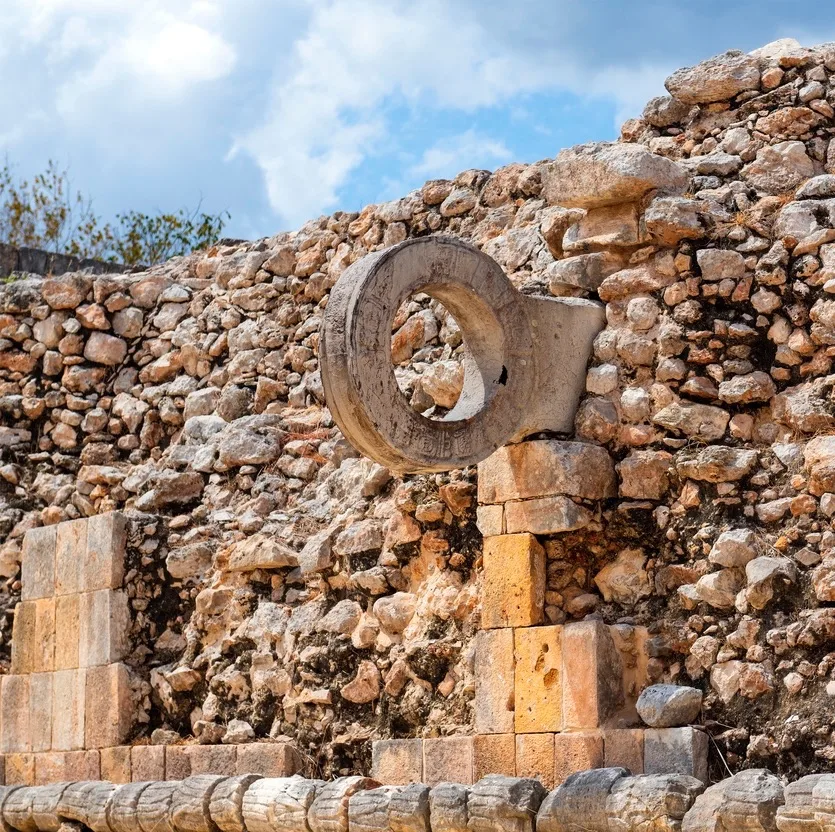
Archaeologists still do not entirely understand the meaning of the ball game or how it was played.
Mayans played the game using their hips and legs to move a ball through a 225-by-545-foot court, but the exact rules are unknown.
Many archaeologists believe the Mayans placed significant spiritual meaning on the ball game.
According to them, the teams facing each other represented light and dark forces. Playing the game was an act of renewal and revitalization.
Light And Darkness
Archaeologists and historians theorize that Mayan religion and culture emphasized the duality of light and darkness.
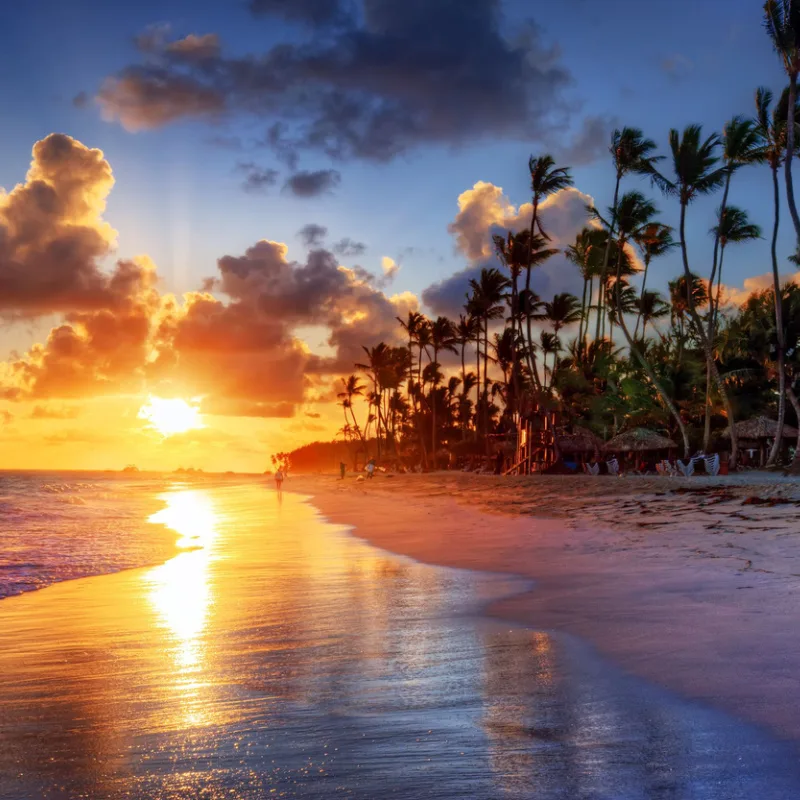
The Pyramid of Kukulkan, the most recognizable structure in Chichén Itzá, is home to another example of this duality.
A magical light show called the “snake of light” appears on the pyramid yearly at the spring and fall equinoxes.
The reflection of the sun and the shadow caused by the pyramid’s steps combine twice a year to create shifting triangular patterns, creating the effect of a snake slithering down the structure.
Historians theorize the snake represented the fertilization of the Mayab, or “land of the few and the privileged.”
Less known is the other half of the duality, “the lunar snake.”
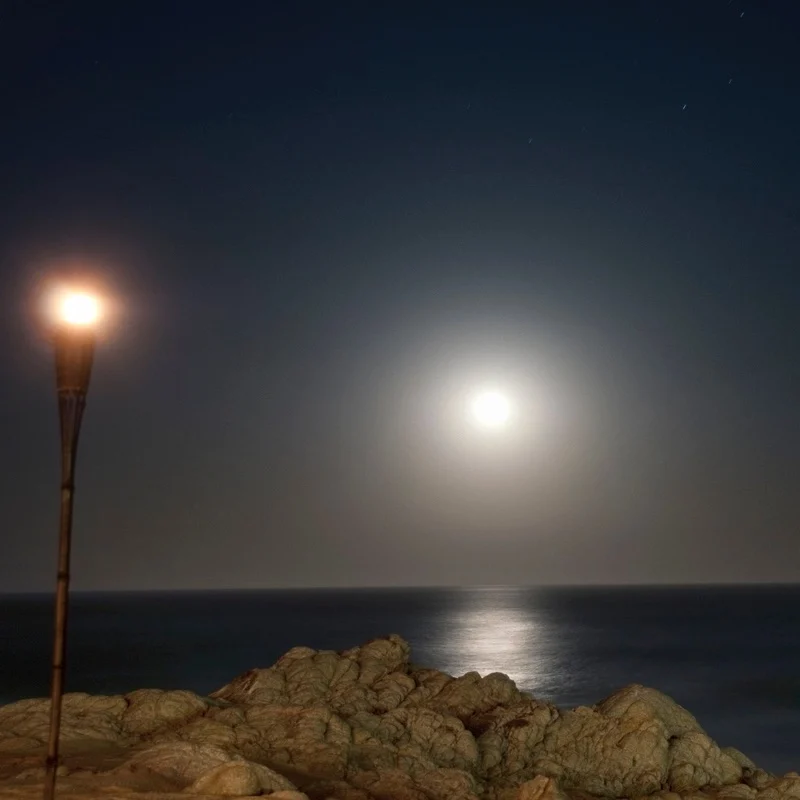
Like the snake of light, the lunar snake is an illusion created by the architecture of the Pyramid of Kukulkan.
Weeks after the snake of light makes its way down the pyramid’s steps, the lunar snake follows its path using moonlight rather than sunlight.
Soon, tourists will be able to experience the lunar snake for themselves.
Marco Antonio Santos Rodriguez, Director of Chichén Itzá Archaeological Zone, recently announced that he would open the park for the lunar snake.
He said, “the carrying capacity of these places is reduced, but tourists should be able to access it, perhaps with a prior reservation.”
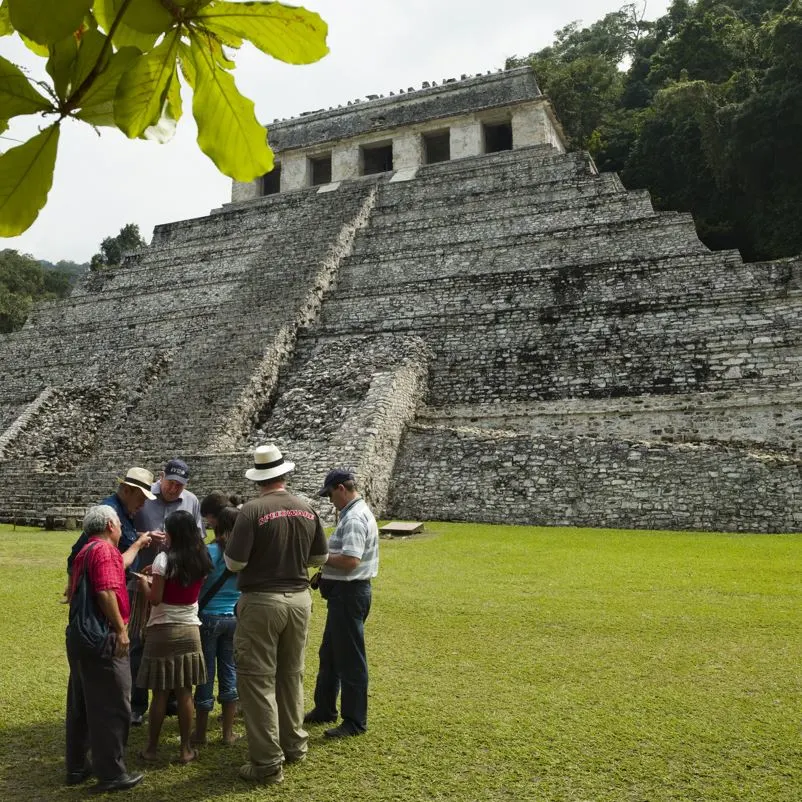
Santos Rodriguez is eager to follow through on several ambitious plans for the archaeological zone.
In addition to the new museum and lunar snake projects, the director plans to reopen the park at sunrise and sunset.
He thinks these new initiatives will give tourists a comprehensive view of Mayan life and help them “remember that people lived in this city day and night.”
Plan Your Next Cancun Vacation:
Traveler Alert: Don’t Forget Travel Insurance For Your Next Trip!
Choose From Thousands of Cancun and Riviera Maya Hotels, Resorts and Hostels with Free Cancellation On Most Properties
↓ Join the community ↓
The Cancun Sun Community FB group has all the latest travel news, conversations and tourism Q&A’s for the Mexican Caribbean

Subscribe to our Latest Posts
Enter your email address to subscribe to The Cancun Sun’s latest breaking news affecting travelers, straight to your inbox.
